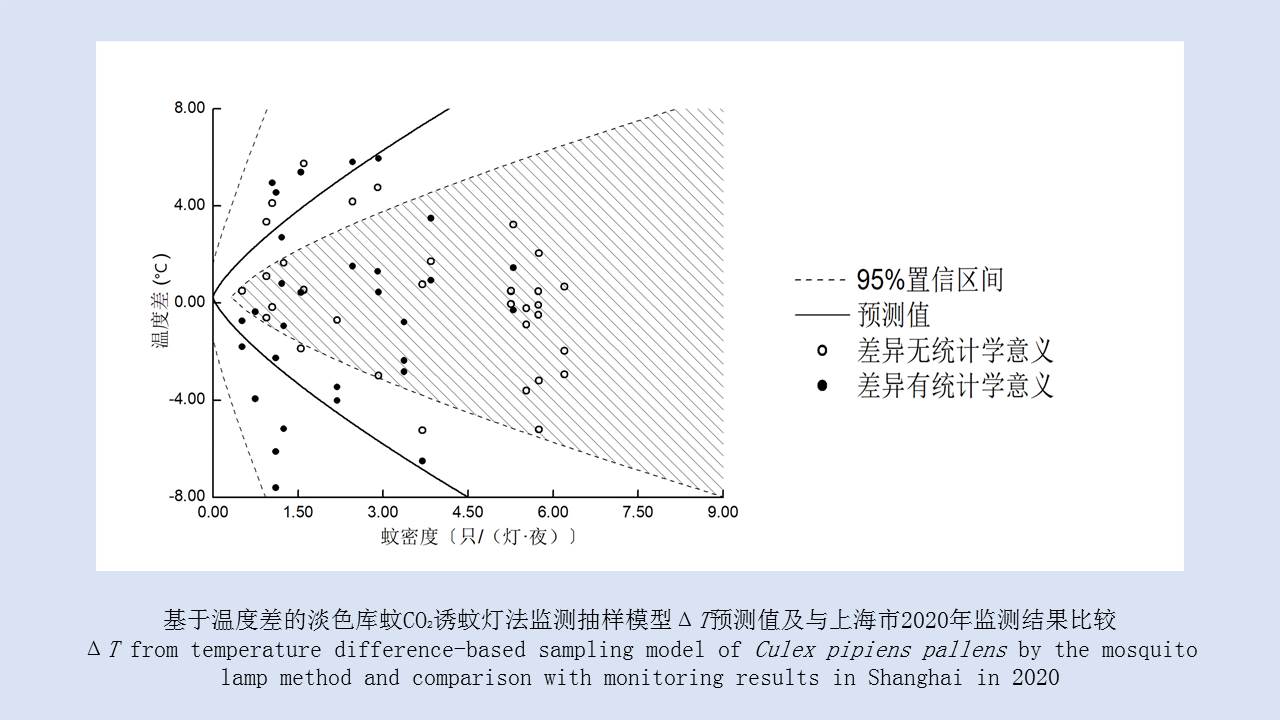 PDF(1335 KB)
PDF(1335 KB)


CO2诱蚊灯法监测淡色库蚊的时间频次模型研究
周毅彬, 姚隽一, 朱奕奕, 朱江, 冷培恩, 吴寰宇
中国媒介生物学及控制杂志 ›› 2022, Vol. 33 ›› Issue (1) : 137-142.
 PDF(1335 KB)
PDF(1335 KB)
 PDF(1335 KB)
PDF(1335 KB)
CO2诱蚊灯法监测淡色库蚊的时间频次模型研究
 ({{custom_author.role_cn}}), {{javascript:window.custom_author_cn_index++;}}
({{custom_author.role_cn}}), {{javascript:window.custom_author_cn_index++;}}A study of time-frequency model for monitoring Culex pipiens pallens by CO2 mosquito lamps
 ({{custom_author.role_en}}), {{javascript:window.custom_author_en_index++;}}
({{custom_author.role_en}}), {{javascript:window.custom_author_en_index++;}}
| {{custom_ref.label}} |
{{custom_citation.content}}
{{custom_citation.annotation}}
|
/
| 〈 |
|
〉 |